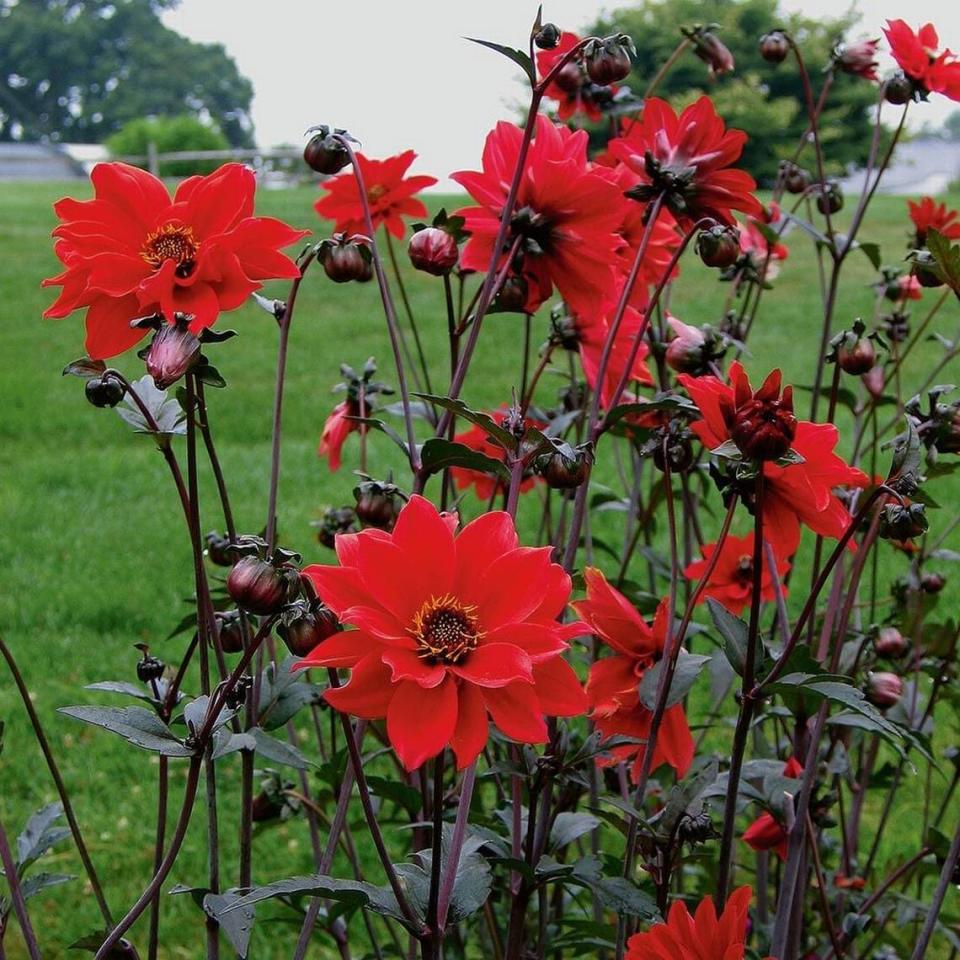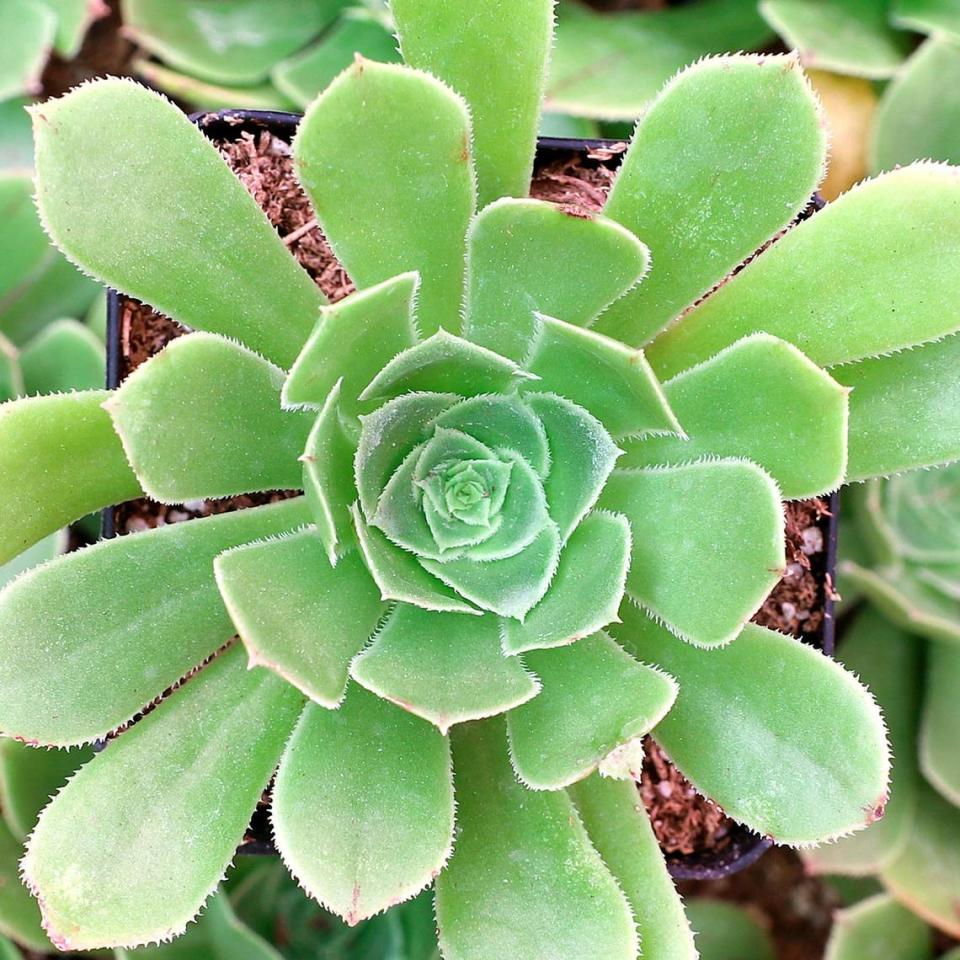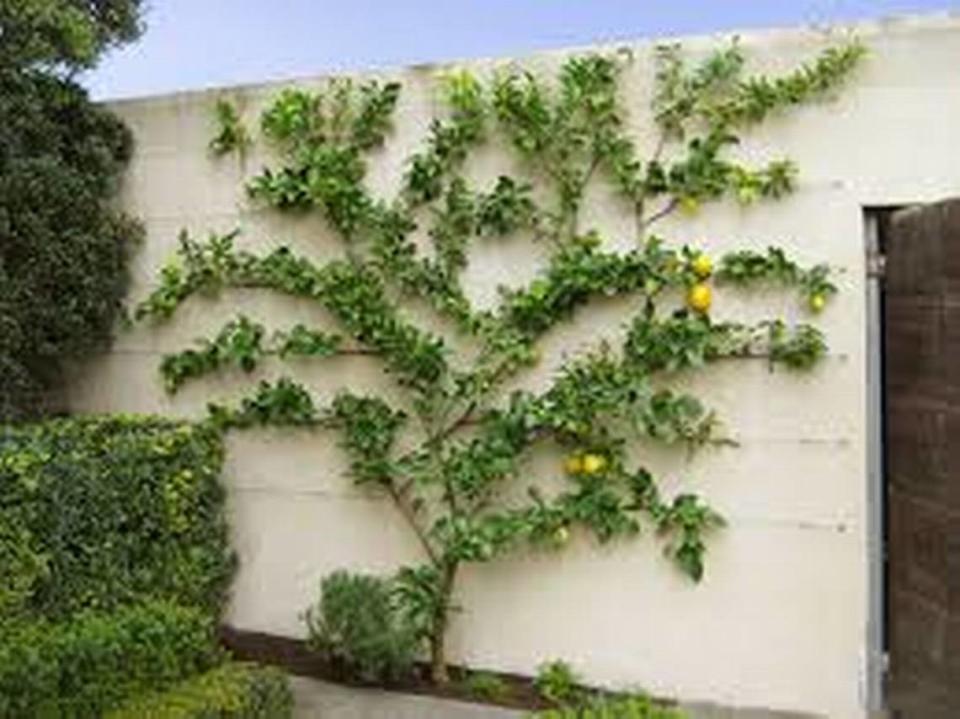Irish gardens inspire new planting ideas for Western Washington landscapes
In September, I led a group of garden, castle and pub lovers to visit Ireland. The warm and friendly people of the Emerald Isle were the biggest stars of the tour. We learned new ideas and plant combinations from show gardens and private gardens, and these gardeners deal with the same cool and rainy climate that we garden with back home.
Our next group tour will not be as focused on gardens — more history and culture. It is The Islands of New England tour May 9 to 16, 2024, will visit Nantucket, Cape Cod, Newport and more. If you are interested in joining, visit my website or email me at MarianneBinetti@comcast.net
Here are some of the autumn lessons the group learned from visiting Irish gardens.
Plant salvia for carefree summer color
Why salvia? This upright perennial blooms late into the fall and held up nicely after autumn storms. It is also resistant to drought and heat and is less attractive to garden pests than other perennial plants. Salvia gets an additional gold star from Irish gardeners because it provides food for pollinators.
It seems like you can find hundreds of new salvia on the market and the gardeners in Europe have access to some varieties that have not yet arrived in the US. No need to fret as, thanks to local growers, our own Western Washington nurseries offer salvia “Black and Blue” with deep blue blooms and black stems, salvia “Hot Lips” with red and white flowers, and the rich pink salvia “Deep Rose.”
Dark-leaved dahlias rule
The changing of the autumn leaves was no match for the rich beauty of the many dahlias in Irish gardens showcasing chocolate brown leaves and vivid dahlias blooms. One variety that we saw in several show gardens is named “Pooh” and the deep orange petals edged in red and white resemble candy corn.
The dark-leaved dahlias easiest to find here in the states are “Bishop of Llandaff” with scarlet blooms, but one Irish head gardener recommended “Bishop of Auckland” as a sturdier dahlia with soft copper orange blooms. The red dahlia “Bishop of Oxford” seemed to draw the most praise by the garden lovers in our group. No matter which dahlias you grow, we learned that adding chocolate foliage brings a rich sweetness to any garden bed.

Tender Aeoniums are easy to grow in pots
This succulent was a lovely surprise stealing the lime light in the private garden of Irish plant nerd Jimi Blake. The fleshy stems hold rosettes of colorful leaves that look like roses and when grouped together in pots or raised beds, the novelty of the forms and colors are simply enchanting.
We learned that although frost sensitive, these tender succulents are simple to overwinter. Just bring them into a frost-free location and do not water. Not a drop all winter.
Many new varieties make collecting and propagating aeoniums a beautiful obsession — which is also the name of a new book by Blake with glorious photos of his garden to inspire you. He also grows lots of salvias and dahlias, as does his sister June Blake just next door with another spectacular garden.

Castles and walled gardens are great backdrops for creative pruning
What? You don’t have a walled garden or old castle to support vines, roses and espaliered fruit trees? No worries, the side of a house or fence will work as a spot to train plants upward and outward.
The horticultural skill of training apple and pear trees to grow flat against a wall depends on frequent pruning and tying, and the warmth of the wall helps the fruit to ripen sooner. Taking this skill up a notch, we saw roses trained to hug a wall and create symmetrical forms of artistry even when not in bloom. Expert pruning steals the show.

Hire a staff of gardeners to care for your castle grounds
Okay, you may not have the acreage or the staff to implement all the ideas you see in grand European estate gardens, but any garden, no matter how big or how small, can serve as a spring board for autumn ideas. If you can’t travel, then use magazines and garden books for inspiration or go online to see how other gardeners create paradise.
As your plants go dormant, it is time for new ideas to sprout.
Marianne Binetti has a degree in horticulture from Washington State University and is the author of several books. Reach her at binettigarden.com.

